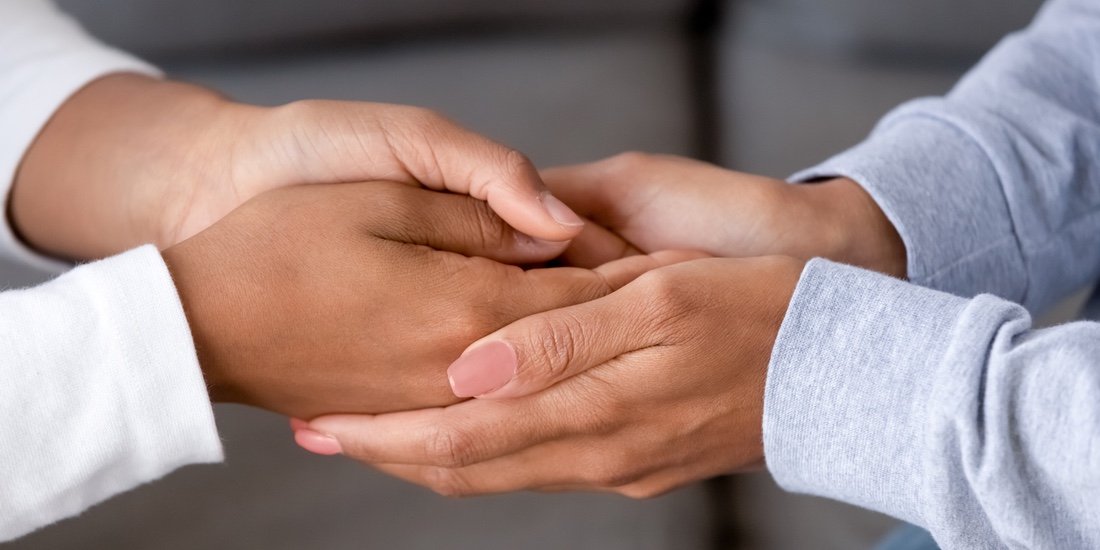While we may agree that it is important to speak about issues of race and racism, these layered and personal topics can often be difficult to initiate with children. Understanding why open and early conversations are important can help us commit to making them happen. Go ahead – start talking now!
Learn
Why Parents Should Talk About Race with Their Children
Children assign meaning to race from a very young age
- See it by age
- Research shows “Explicit conversations with 5-7 year olds about interracial friendship can dramatically improve their racial attitudes in as little as a single week.”
- This research shows that children are very open to specific, honest discussions about race – and your attitudes towards doing so may make all the difference. It’s never too late to talk to your child about race.
- Research from sociologists Debra Van Ausdale and Joe Feagin found that children as young as age 3 excluded other children from play, based on their race and used race to negotiate power in their social networks.
There are developmental repercussions – Being silent about race can result in a child developing:
- A lack of competency in participating in important conversations about race later on in life.
- Feelings of shame and embarrassment on this topic as a child matures.
Race is not the same as skin color – Race is a social construct. Skin color is based on science.
- Race is one of the major groups into which human beings can be divided. As a social construct, it relates to the grouping of people based on physical characteristics, such as skin color.
- Skin color is the coloring of a person’s face and skin.
- People have different colors of skin because of a chemical in the skin called melanin. People with a lot of melanin have darker skin. People with less melanin have lighter skins. These are our skin colors.
Privilege and prejudice against those who are different is a learned behavior
- The famous experiment – The day after Dr. Martin Luther King Jr. was assassinated, Jane Elliott, a third-grade teacher in Iowa, gave an exercise to her class to boldly show racial prejudice.
- She divided the class into children with brown eyes and blue eyes and told the class, “The brown-eyed people are the better people in this room….They are cleaner and they are smarter. Eye color, hair color and skin color are caused by a chemical. Brown-eyed people have more of that chemical in their eyes, so brown-eyed people are better than those with blue eyes.”
- The result – Children with brown eyes were suddenly more confident and condescending. Children with blue eyes made silly mistakes and became timid and despondent. The two groups stopped playing together. Fights broke out.
“Kids actively try to understand and construct rules about their environment. As they do, they engage in what is called transductive or essentialist reasoning, which means that they simultaneously categorize people and objects according to multiple dimensions – so they might believe, wrongly, that people who have the same skin color have similar abilities or intelligence.” – Teaching Tolerance
Just Remember
- Children assign meaning to race from a very young age.
- There are developmental repercussions to being silent on the topic.
- Race is not a skin color.
- Privilege and prejudice against those who are different is a learned behavior.
Do
When one sees the list of “Do’s” it may feel common sense and somewhat general – and perhaps that is the point. Talking about race and diversity can be done routinely on an ongoing basis. We do not have to actively seek preplanned opportunities; instead, embrace how it is everywhere, every day and in everyone. Talking about race and diversity with your child is not a one-off, one-time conversation.
Initiate the conversation – Tips for talking with your child about race and how to conduct the conversation. Remember that talking about race is different from talking about racism.
Teach your child to be culturally aware – Expose your child to other cultures through events, festivals, food, music and museums to help them value and respect differences and celebrate individuality.
- Diverse environments help to counter stereotypes, and can make children more open-minded, more compassionate and less judgmental.
- Talk about your own family history. Discuss what country/countries your family comes from. Talk about customs and dress from your countries of origin.
Teach your child that bigotry is unacceptable – How we teach our children to speak up when something is wrong is paramount. For example:
- Share examples from your own life when you have spoken up.
- Help your child identify areas in their own lives in which they can speak up for what they believe in.
- For young children, the variety of topics for which they feel there is injustice ranges widely (e.g., mistreatment of animals, why rules differ for siblings, etc.). The important part is to start the conversation.
Be self-aware of your own grown-up attitudes and beliefs – Children pick up on the nonverbal actions of their grown-ups (including parents and teachers) and notice differences in physical characteristics and form attitudes at around age 2.
